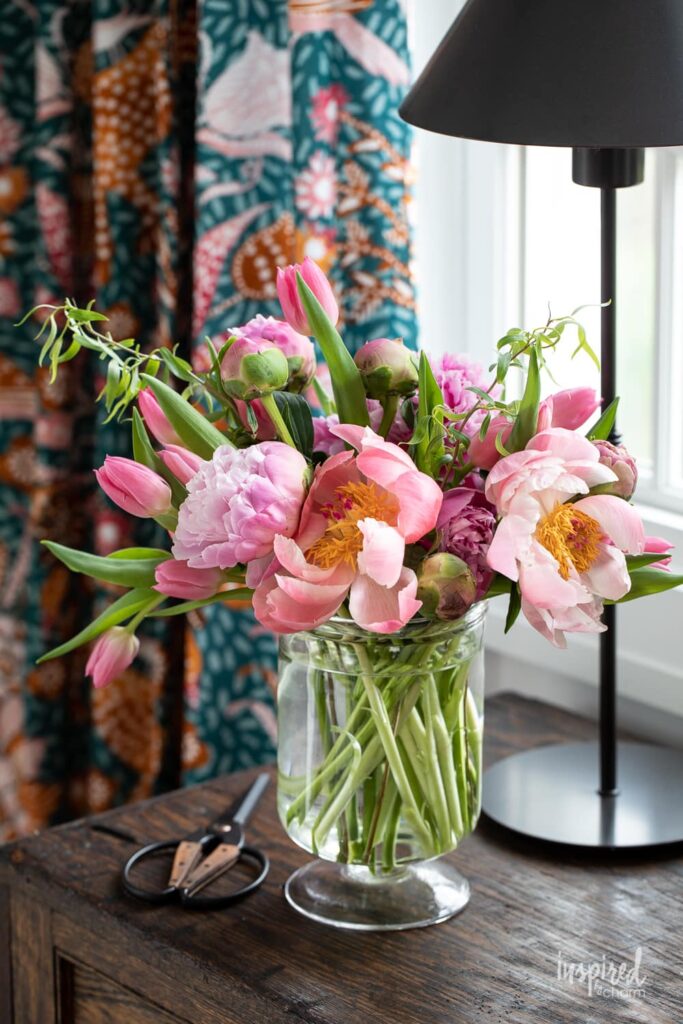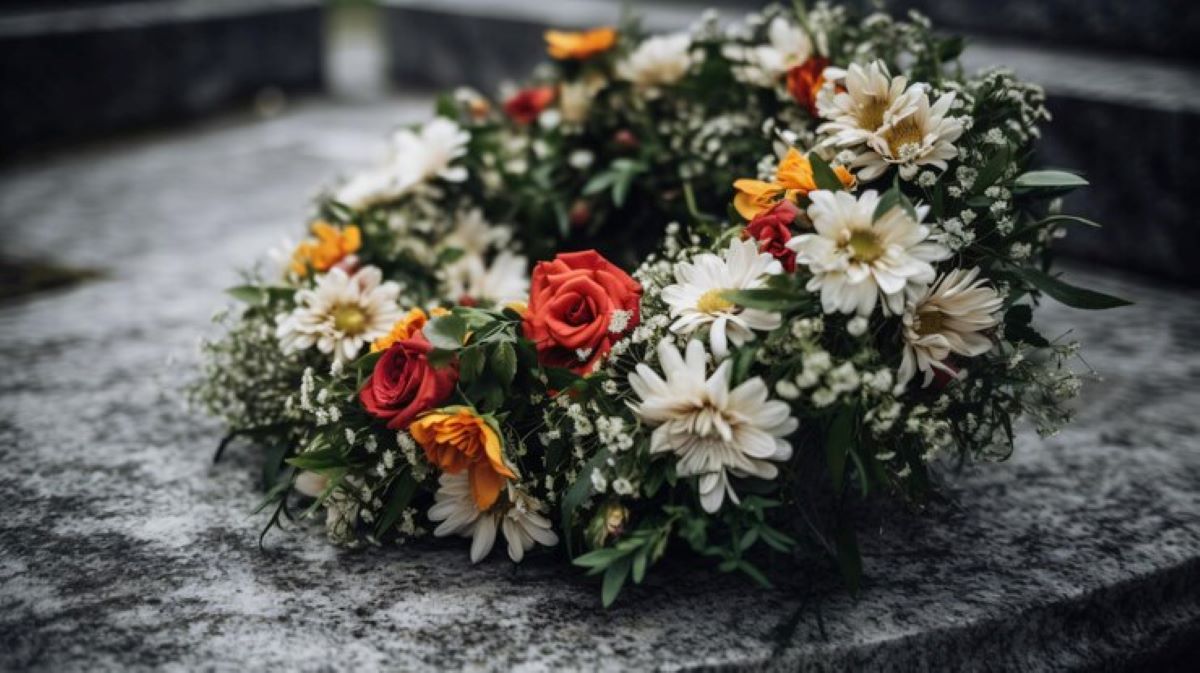The Heart of Every Petal: A Florist’s Story in Melbourne
A City That Breathes in Bloom
In Melbourne, flowers don’t just grow—they whisper, they dance, they surprise. They spring from rooftop gardens in Carlton, tumble from baskets at Queen Victoria Market, and edge their way through the gaps in old bluestone alleys. The city doesn’t wear flowers like a polished brooch—it wears them like a woven garland: a little wild, wonderfully imperfect, and absolutely alive.
It’s a place where nature and creativity meet on every corner. A café latte comes with a posy of clover in a vintage milk bottle. A laneway mural is softened by a curtain of wisteria. Trams rumble past flower shops with open fronts spilling out colour and scent like a promise. And behind every petal, every stem carefully wrapped in brown paper and string, there’s a story—of land, of people, of quiet, purposeful beauty.
This is the story of one florist, but also of many. Because in Melbourne, floristry is not just an industry—it’s an act of connection.
See more: Gorgeous Gladesville Flowers for Every Season
From Paddocks to Petals: The Bloom Begins
Every flower tells a story, and many of Melbourne’s begin just outside the city. Along the rolling hills of the Yarra Valley, boutique flower farms nestle between vineyards and misty paddocks. Here, growers rise early, moving through rows of dahlias, cosmos, and Queen Anne’s lace while the dew still clings to the leaves. These are farms like Willowbank Blooms (imagined for this piece), where seasonal, slow-grown flowers are harvested with care.
“I grow with the seasons, not against them,” says Amelia Ross, the farm’s owner. “Sometimes the weather ruins half the crop. But when a dahlia opens perfectly after a storm, it’s like it’s saying, ‘I’m still here. I made it.’”
Further south, the Mornington Peninsula offers a saltier climate, ideal for sturdy natives and coastal wildflowers. Growers like Shoreline Petals supply Melbourne florists with flannel flowers, proteas, and thryptomene—blooms that speak of resilience and elegance all at once.
And then there’s the Melbourne Wholesale Flower Market in Epping, the city’s pre-dawn heartbeat. It’s where florists come to source the morning’s inspiration—arms filled with flowering gums, David Austin roses, and tendrils of clematis.
“It’s not glamorous,” laughs June Le, a florist with a tiny shop in Richmond. “But it’s real. You get your hands dirty, you chase the best stems, and sometimes you find something you didn’t know you needed. That’s when the magic happens.”
The Art of Gathering: Florists Who Forage and Feel
Not all of Melbourne’s floral artists wait for the market. Some take to the city’s fringes, secateurs in hand, foraging respectfully among bushland trails and creekside paths. For these florists, nature isn’t just a source—it’s a collaborator.
Ellie Tran, founder of the Brunswick studio Root & Ritual, speaks about floristry the way one might speak about poetry. “A bend in a branch, a curl in a vine—it tells you how it wants to move,” she says. “I’ll use a gumleaf that’s half-eaten, or a wattle that’s going to seed. That’s life. That’s beauty.”
Ellie’s work blends locally foraged flora with stems from small growers and community gardens. Her arrangements feel wild but intentional—like wind caught in still life.
This gentle rebellion against perfection has become a signature of Melbourne’s floral scene. It’s not about symmetry or pristine petals. It’s about texture, emotion, and the quiet thrill of the unexpected.
The People Behind the Petals
Florists, at their core, are storytellers. They listen to heartbreaks, engagements, goodbyes, and new beginnings—then translate them into arrangements that carry weight without words.
Luca Marinos, who runs Verdant in Fitzroy, compares floristry to jazz. “You can plan it, sure. But the best moments are improvised. A colour that wasn’t supposed to work, a stem that falls just so—it’s all about feel.”
He leans heavily on Australian natives—banksias, wattles, grevilleas—often pairing them with soft textures like lisianthus or trailing jasmine. “The native stuff grounds the work,” he says. “It tells you where you are.”

Then there’s Fatima Nouri, whose flower cart in Footscray is a fixture of the local market. Drawing from her Sudanese background, she blends cultural floral customs with modern floristry—using hibiscus, desert roses, and fragrant herbs in her hand-tied bouquets. “In my culture, flowers are celebration, but also healing,” she says. “They remind us we’re part of the earth.”
These florists aren’t just shaping bouquets. They’re shaping conversations. About place. About beauty. About who gets to create and be seen.
A City’s Signature Scent: Melbourne’s Floral Identity
Melbourne’s flower scene is much like the city itself—layered, diverse, full of quiet surprises. It blends the raw with the refined, the native with the nostalgic, the old-world romance of English roses with the drama of a grevillea or a flowering gum.
Walk into a florist in Collingwood or South Yarra, and you’re just as likely to find minimalist Japanese ikebana as you are a wild bouquet bursting with colour and movement. This is a city that doesn’t shy away from contrast. It celebrates it.
There’s a sense of narrative in the way flowers are used—more like theatre than display. Installations spill from windows, floral arches rise in laneways, pop-up flower trucks bring joy to unsuspecting passersby.
“I think Melbourne’s floristry has soul,” says Anita Chau, a creative director who often collaborates with florists for public installations. “It’s not just about selling flowers. It’s about creating moments—pauses in the rush. A reminder to breathe.”
Cultural Petals: Flowers in Community and Celebration
Across Melbourne’s diverse communities, flowers hold deeper meanings. They’re not only art—they’re tradition, offering, memory.
In Vietnamese homes, chrysanthemums are left on ancestral altars for Tết, the lunar new year. In Indian ceremonies, marigold garlands form fragrant halos at weddings and Diwali festivals. Greek Orthodox churches are adorned with fresh blooms during Easter, and Chinese New Year sees homes decorated with peonies, narcissus, and kumquat trees—each symbolizing wealth, purity, or luck.
And in First Nations culture, native flora has long been used in ceremony, healing, and storytelling. Flowers like the waratah, with its deep red bloom, are not only stunning—they’re spiritual. Increasingly, florists are learning from Indigenous voices and bringing these stories into their work in meaningful, respectful ways.
When seen through this lens, a bouquet becomes more than a gift—it becomes a bridge between cultures, histories, and hearts.
A Final Bloom: What the Petals Teach Us
As dusk settles over Melbourne and the last bouquets are tied, there’s something soft in the air. It’s not just fragrance—it’s feeling. The feeling that somewhere, someone will receive a handful of beauty tomorrow. That in this fast-moving, fast-talking city, someone still paused long enough to notice a stem, a shade, a scent.
The heart of every petal in Melbourne carries more than color. It carries intention. It carries place. It carries the hands and the hearts of those who grow, gather, and give.
Floristry here is more than a business. It’s a quiet, blooming revolution—one that reminds us that beauty is fleeting but never forgotten, and that sometimes, the smallest gesture—a flower, placed just so—can hold the whole world in it.

